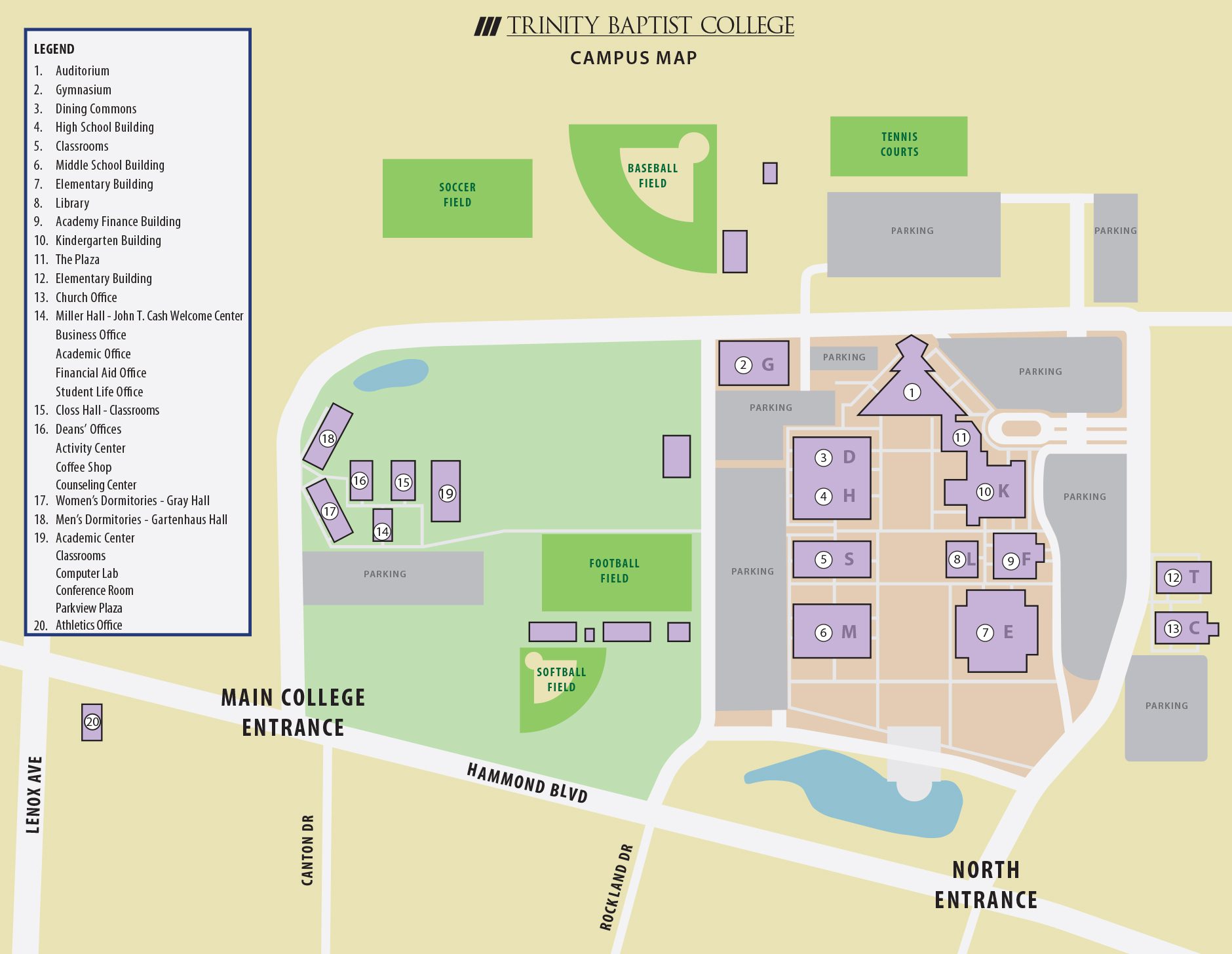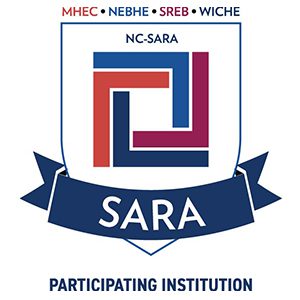Filling Financial Aid Gaps: Creative Ways to Fund Your College Education

Paying for college is likely one of your top concerns as you make your higher education plans. And for good reason! No one wishes to be weighed down with debt at graduation, and yet, it seems that many young people are facing just that!
What if there was another way?
What if there were options besides loans? What if there were people, businesses, or foundations out there who were interested in sponsoring YOUR education?
Sound too good to be true?
Maybe. But, to quote Sherlock Holmes, “…when you eliminate the impossible, whatever remains, no matter how improbable, must be the truth.” (Yes, Spock said it too, but – fun fact – he was paraphrasing Sherlock!)
There are, indeed, individuals, businesses, and foundations who are interested in building a stronger future and, therefore, are willing to invest in the higher education of today’s young people! Is this not fantastic news?
A simple Google search for scholarships will bring up listings of dozens (hundreds, even) of scholarship options!
Many thousands, and possibly millions, of dollars in private aid go unused each academic year simply because applicants do not pursue them. Outside of federal and state financial aid programs, it is a student’s responsibility to find available private scholarship opportunities. Institutions will likely not have all of this information on hand. This is not because they don’t want you to know about them, but because the scholarships in existence change often and your personal interests play a role in which ones are available to you.
Of course, there are scholarships for a good GPA, but it can be surprising to learn the unique things that can qualify you for private scholarships. These are only a few examples of what you can find in a five-minute web search:
- Are you tall? Check out this interesting option. (Women: over 5’10” / Men: over 6’2”) https://www.collegexpress.com/scholarships/tall-clubs-international-scholarship/2016712/
- Interested in learning about fire safety? Not a bad idea… and a pretty straightforward way to qualify for a scholarship! (The American Fire Sprinkler Association Scholarship deadline is in April and only available to high school juniors, so if you’ll be a junior in the 2018-2019 school year, you should definitely keep this one on your radar.) https://www.collegexpress.com/scholarships/high-school-senior-scholarship-contest/2023826/
- Coffee lover? You should positively look into this one. https://www.collegexpress.com/scholarships/hit-the-books-scholarship/2014660/
- Vegetarian and proud of it? Here’s one for you! https://www.collegexpress.com/scholarships/the-vegetarian-resource-groups-college-scholarship/20017/
- If you are interested in attending a Christian college, Christian Connector may be a good fit! https://scholarships360.org/christian-connector-scholarship/
- There’s even one scholarship for which you may qualify simply because you applied for a bunch of other scholarships! https://www.collegexpress.com/scholarships/debtcom-scholarship/2025417/
You don’t even have to worry about searching for individual scholarships. These days, pretty much everything has been added to a list somewhere online. The scholarships listed above and many others can be found at the following web locations: (there are more out there – Google is your friend!)
https://www.unigo.com/scholarships/weird/unusual-scholarships
https://www.unigo.com/scholarships/our-scholarships
https://www.collegexpress.com/scholarships/search
Starting your sophomore year of high school, consider setting aside some time once a month to research scholarships that interest you. This might sound incredibly overkill, but when you’re planning for deadlines that typically close well before the end of the academic school year, it’s a really, really good idea. Many scholarships are available to you starting your junior year. If you already know the ones you wish to pursue, it’s a simple matter of looking up the application form and submitting the required items.
The closer you get to high school graduation the more effort you should put into your scholarship search. If you are in your senior year already, or possibly already graduated, your options narrow some. But there may still be some available to you! Block out an hour or so once a week to really do some in-depth research and plan accordingly. Here are three main things to remember as you move forward:
- Follow directions. It is your responsibility to follow the directions given. Don’t let inattention to detail cost you scholarship aid!
- Don’t be late. It is your responsibility to submit requirements by the posted deadline. If you follow all directions but fail turn it in on time, you eliminate your chances of winning the scholarship.
- Develop strong writing skills. Many scholarships rely on essay submissions. This means that upon submitting the application form you will be asked to write an essay regarding a specific topic.
Do some research on how to write a strong essay. Learn best practices for making yours read smoothly and stand out above the rest. And then, practice. Yes – we mean it. Practice your writing! Write a trial essay and ask your English teacher if they would be willing to look it over. Ask your grammar-police parent to proof. Ask your blogger friend to read it and let you know if it makes sense.
Look up essay writing tips on the web and develop a concise format that can be used more than once to apply for different private scholarships. Here are two detailed online articles that could help you get started:
https://www.universitylanguage.com/guides/how-to-write-an-essay-for-a-scholarship/
Here is a third one… this one is a shorter version of the above but still includes four solid tips: https://www.usnews.com/education/blogs/the-scholarship-coach/2013/01/31/4-ways-to-make-your-scholarship-essay-stand-out
Keep in mind that students often develop more and varied personal interests while in college. In other words, if you recently got into fishing and are really hoping to keep that up as a hobby during college, you should research related scholarships such as this one offered by the Flannel Fisherman.
https://scholarships.appstate.edu/scholarships/scholarship-flannel-fishermen-2018
Interestingly, these three tips (Follow instructions/Don’t be late/Develop strong writing skills) are actually great practice for college, where many of your grades will be determined by your attention to directions, timely submissions, and a general knowledge of proper writing guidelines. Consider this your introduction to college academics!
One last tip: Don’t overlook the little scholarships. Yes, those three- and four-figure ones are eye-catching and would make a great contribution to your education fund, but you’ll be against some stiff competition. (You should still go for it!) Apply for some of those smaller ones! Fewer students will be going after them which automatically makes it more likely that you will be selected in the first place. Also, $1000 worth of scholarship money that comes in at $100 increments is still $1000!
Combining private scholarships with other financial aid options (loans and federal/state grants) can help to bridge the financing gaps for many students, but don’t expect to fund your entire college education with them. Not only will it be difficult to cover everything through private/third-party scholarships, but there are other financial aid programs available that may help you significantly. If you plan to jump straight into college after high school, go ahead and submit the FAFSA online at the beginning of your senior year – this one step can give you a clear picture of what your financial responsibilities will be during college. You can find the information here https://fafsa.ed.gov/








Leave a Reply